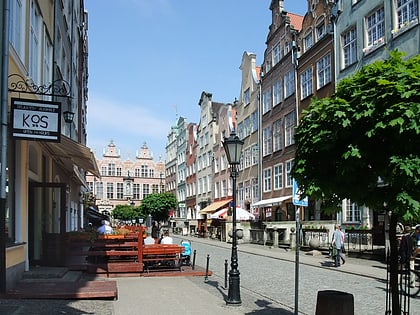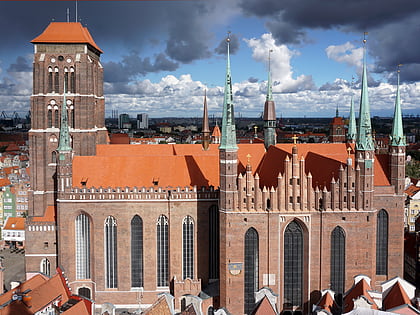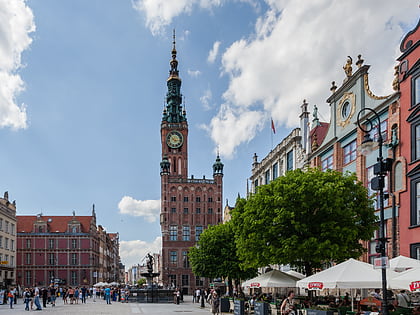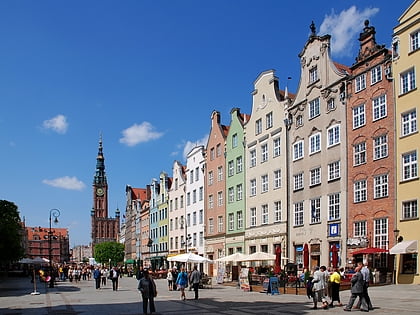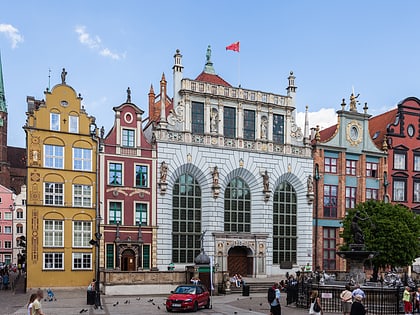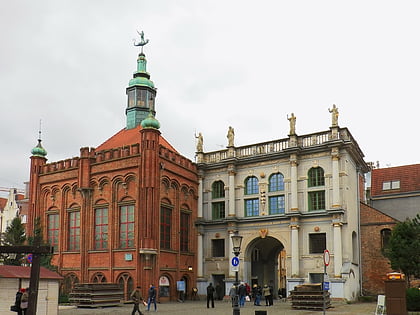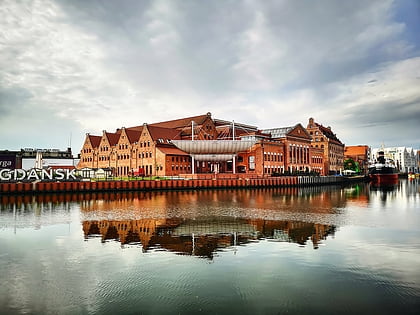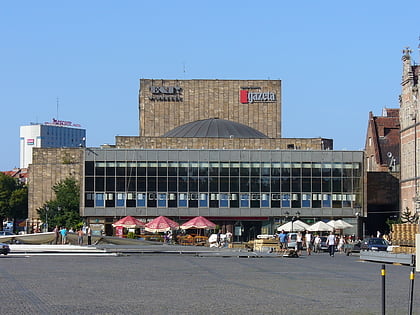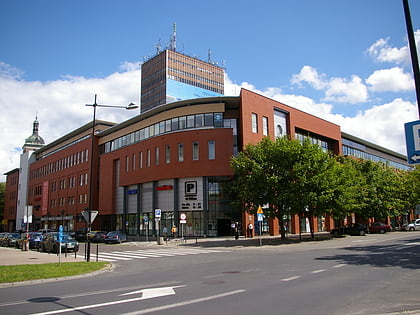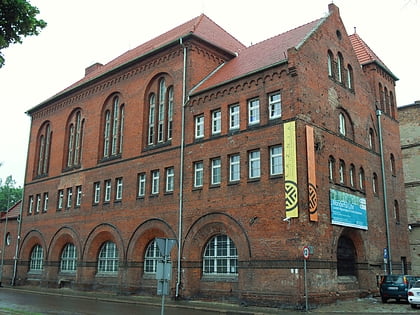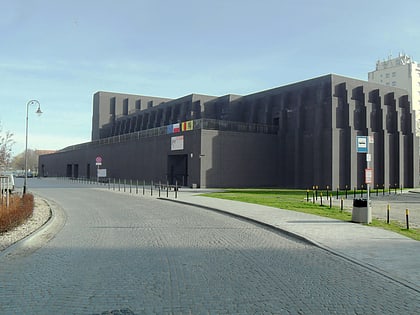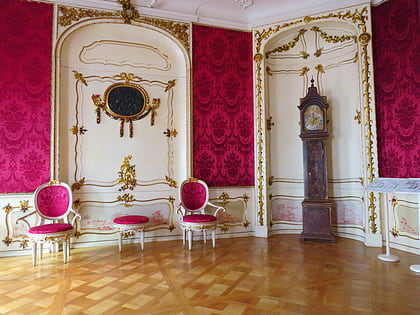Piwna, Gdańsk
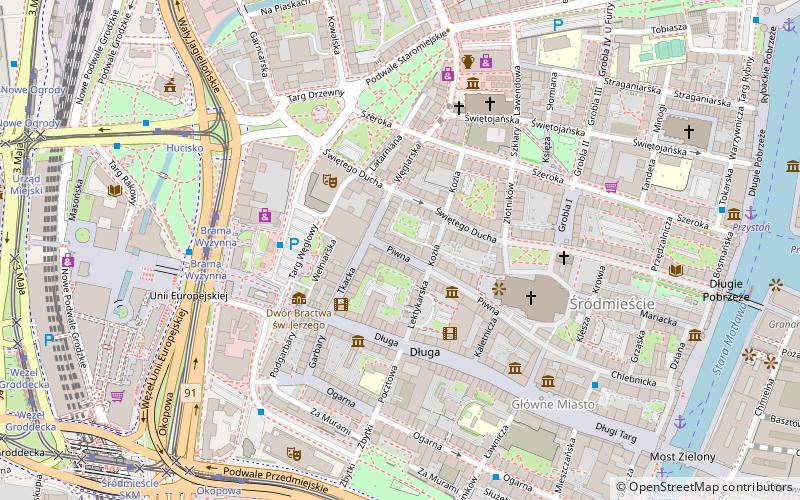
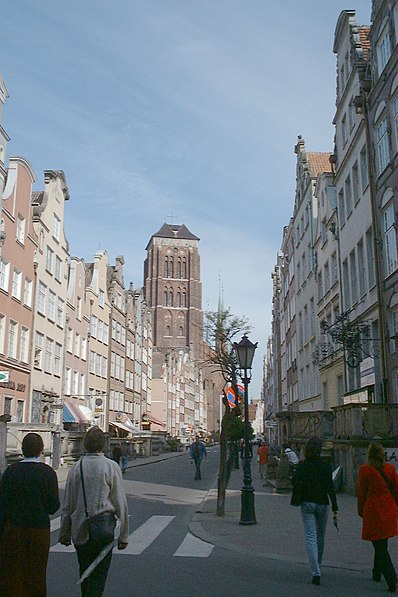
Facts and practical information
Piwna Street - a street in Gdańsk. From the Motława it is an extension of Chlebnicka Street, beginning with Chlebnicka Gate. At the end of the street there is located Wielka Zbrojownia, nowadays adapted to the needs of trade.
Before 1945 the street had a German name Jopengasse from a type of strong beer, known in Europe at that time in Gdansk, called Jopejski beer.
The most prominent citizen of Gdańsk living on Piwna Street was an architect Jan Strakowski, who lived at the turn of the 16th and 17th centuries.
Around 1897 the consular agency of the USA was located at 2 Piwna Street. In the 1930s, NSDAP gauleiter Albert Forster held offices in buildings numbered 8-11. On September 19, 1939, Forster received Hitler there. At that time the tenement house number 11 had a sandstone façade with a stylized eagle with a swastika in an oak leaf wreath, which was the NSDAP emblem.
Since 2008, during the tourist season, the street is closed for traffic and turned into a pedestrian zone.
The 2nd Police Station operated here until November 15, 2017, then moved to Dluga Grobla Street.
ŚródmieścieGdańsk
Piwna – popular in the area (distance from the attraction)
Nearby attractions include: St. Mary's Church, Main Town Hall, Long Market, Artus Court.
Frequently Asked Questions (FAQ)
Which popular attractions are close to Piwna?
How to get to Piwna by public transport?
Bus
- Katownia • Lines: 100 (3 min walk)
- Teatr Szekspirowski • Lines: 100 (5 min walk)
Tram
- Brama Wyżynna • Lines: 2, 3, 6, 7, 8, 9, N0 (5 min walk)
- Hucisko • Lines: 10, 12 (6 min walk)
Ferry
- Zielona Brama • Lines: F5 (8 min walk)
- Targ Rybny • Lines: F5, F6 (10 min walk)
Train
- Gdańsk Śródmieście (9 min walk)
- Gdańsk Główny (13 min walk)
